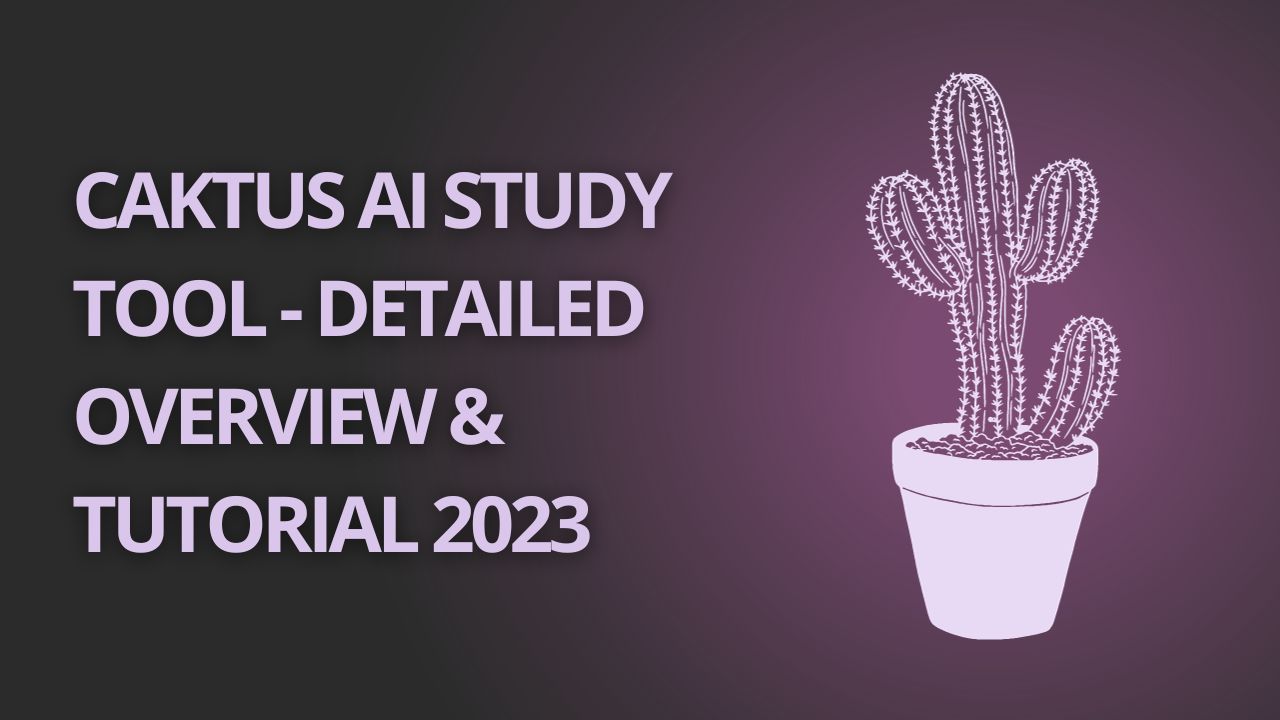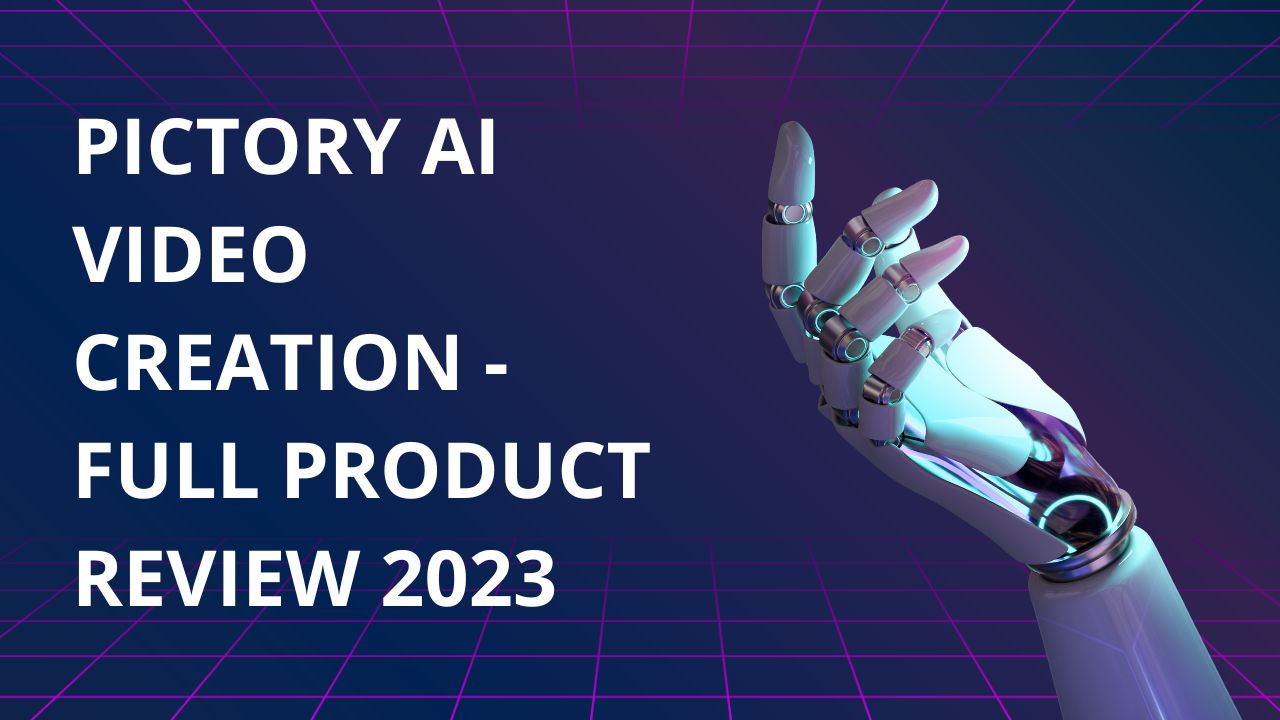AI tools are designed to augment the educational process, providing a range of functionalities that go beyond what traditional methods can achieve. AI tools transform how students engage with mathematical concepts by harnessing the power of data analysis, machine learning, and natural language processing. From interactive problem solvers to virtual math labs, these tools offer a dynamic and engaging way to grasp complex mathematical ideas.
Enhancing Math Learning with AI Tools
Incorporating AI tools into math learning unlocks many advantages that empower students to excel. These tools are not meant to replace traditional teaching methods but complement them, creating a comprehensive and enriching learning environment.
- Personalized Learning Experience: AI tools adapt to each student’s learning pace and style. They identify strengths and weaknesses, allowing students to focus on areas that require more attention. This tailored approach ensures that students feel included and supported by a one-size-fits-all curriculum.
- Instant Feedback and Corrections: Gone are the days of waiting for assignments to be graded. AI tools provide instant feedback on problem-solving techniques, offering real-time corrections and suggestions. This iterative process accelerates learning and helps students rectify mistakes immediately.
- Accessibility and Flexibility: AI tools transcend geographical boundaries and time constraints. Students can access these tools from anywhere, anytime, enabling continuous learning beyond the confines of a classroom. This accessibility is particularly crucial for remote or self-paced learners.
Best AI Tools for Math
When harnessing the power of artificial intelligence for mathematical tasks, several tools stand out for their exceptional capabilities. Let’s explore such tools that can proficiently handle math-related challenges:
Socratic
Pros:
- Step-by-Step Explanations: Socratic is one of the best AI tools for math that excels at breaking down complex math problems into easily digestible steps, helping users understand the process.
- Diverse Subjects: Socratic covers many subjects beyond traditional math, making it a versatile learning tool.
- Visual Content: It offers visual explanations, diagrams, and graphs to enhance understanding.
Cons:
- Surface-Level Understanding: Socratic might need deeper comprehension of advanced mathematical concepts rather than providing in-depth explanations for higher-level problems.
- Dependence on Input: Its effectiveness depends on the quality of the input provided; ambiguous or complex queries might lead to inaccurate results.
Mathway
Pros:
- Diverse Problem Types: Mathway is proficient in solving various math problems, including algebra, calculus, and trigonometry.
- Instant Solutions: It provides quick solutions to users’ math queries, making it a valuable resource for immediate problem-solving.
- Step-by-Step Option: The step-by-step feature aids in understanding the process behind the solution.
Cons:
- Limited Contextual Understanding: While it can provide accurate answers, Mathway might need to fully understand the context of the problem, potentially leading to misinterpretations.
- Lack of Conceptual Explanations: While the step-by-step feature is helpful, it might need more in-depth conceptual explanations, which are essential for actual learning.
Symbolab
Pros:
- Advanced Problem Solving: Symbolab specializes in solving complex equations, calculus problems, and algebraic expressions.
- Interactive Graphs: It generates interactive graphs and visual representations, aiding in visualizing mathematical concepts.
- Conceptual Insights: Symbolab often provides detailed conceptual explanations alongside solutions, enhancing understanding.
Cons:
- Complexity Limitations: Extremely specialized or cutting-edge mathematical problems might still be challenging for Symbolab to handle accurately.
- User Input Sensitivity: Accurate solutions depend on precise user input; slight variations could lead to different results.
Photomath
Pros:
- Image Recognition: Photomath’s standout feature is its ability to solve math problems using images from textbooks or handwritten notes.
- Step-by-Step Explanations: Similar to a personal tutor, it breaks down solutions into detailed step-by-step explanations.
- Educational Focus: Photomath aims to foster a deeper understanding of math concepts through visual and interactive learning.
Cons:
- Complex Concepts: While effective for many math problems, Photomath might need help with highly complex or unconventional math concepts.
- Dependency on Input Quality: The accuracy of its solutions depends on the quality of the input image; blurry or distorted images could lead to errors.
MATHia
Pros:
- Adaptive Learning: MATHia is one of the best AI tools for math. It is designed to adapt its content to the user’s learning style and pace, providing a personalized learning experience.
- Concept Mastery: It builds conceptual mastery by guiding users through interactive activities and problems.
- Continuous Assessment: MATHia assesses progress and adjusts the difficulty of problems accordingly, ensuring a challenging yet manageable learning curve.
Cons:
- Learning Curve: MATHia’s adaptive approach might take some time to get accustomed to, and users might need to invest time to navigate its features effectively.
- Subscription Model: While MATHia offers a free trial, a subscription might be required to access its advanced features and content fully.
Microsoft Math Solver
Pros:
- Versatility: Microsoft Math Solver handles various math problems, from basic arithmetic to complex calculus and even chemistry problems.
- Step-by-Step Solutions: It provides detailed explanations for solving problems, enhancing comprehension.
- Integration with Other Tools: Users can draw or write math problems directly on the screen, and it also offers integration with Microsoft Office apps.
Cons:
- Contextual Understanding: Like many AI tools, Microsoft Math Solver might not fully grasp the context of a problem, potentially leading to incorrect interpretations.
- Limited Advanced Features: While capable, it might be less specialized or comprehensive in handling highly technical or niche mathematical problems.
Wolfram Alpha
Pros:
- Computational Knowledge Engine: Wolfram Alpha is renowned for its vast knowledge base, capable of answering math questions and various queries in various fields.
- Symbolic and Numerical Solutions: It offers symbolic and numerical solutions to math problems, making it suitable for various learning levels.
- Graphical Representations: Wolfram Alpha can generate detailed graphs and visual representations of mathematical concepts.
Cons:
- Complex Interface: Due to its extensive capabilities, Wolfram Alpha’s interface might appear difficult and overwhelming to new users.
- Subscription Model: While basic features are free, some advanced functionalities require a subscription.
Maple Calculator
Pros:
- Comprehensive Mathematics Software: Maple Calculator is a broader Maple software suite component, offering a robust platform for math exploration.
- Graphical and Algebraic Solutions: It provides visual and algebraic problem-solving approaches, catering to different learning preferences.
- Advanced Capabilities: Maple Calculator is equipped to handle complex mathematical operations and computations.
Cons:
- Learning Curve: Mastering the full range of Maple Calculator’s capabilities might require a learning curve, especially for users unfamiliar with advanced math software.
- Paid Software: Maple is a paid software, and while it offers a free trial, access to its complete features might necessitate a purchase.
CameraMath
Pros:
- Visual Problem Solving: CameraMath’s standout feature is its ability to solve math problems using images taken from textbooks or handwritten notes, similar to Photomath.
- Intuitive Interface: It aims to provide a user-friendly and straightforward experience, making it accessible to users with varying levels of technical expertise.
- Real-Time Solutions: CameraMath’s real-time solutions are beneficial for quick problem-solving on the go.
Cons:
- Accuracy and Recognition: As with any image-based AI tool, the accuracy of solutions heavily relies on the quality of the input image and the tool’s image recognition capabilities.
- Scope Limitations: While practical for common math problems, CameraMath might encounter difficulties with more specialized or complex mathematical concepts.
Brilliant
Pros:
- Interactive Learning: Brilliant offers a platform for interactive learning through problem-solving challenges and courses across various mathematical topics.
- Conceptual Understanding: Its focus on understanding underlying concepts ensures a more profound comprehension of mathematical principles.
- Community Engagement: Brilliant fosters community interaction, allowing users to discuss problems, share insights, and learn collaboratively.
Cons:
- Limited Step-by-Step Solutions: While Brilliant emphasizes problem-solving, it might only sometimes provide extensive step-by-step solutions for complex problems.
- Subscription Model: Access to some of Brilliant’s premium content might require a subscription.
MyScript
Pros:
- Handwriting Recognition: MyScript recognizes handwritten math input, allowing for a more natural and intuitive problem-solving experience.
- Versatile Platform: It can be integrated into various devices and platforms, making it accessible for users on different devices.
- Flexibility: MyScript’s handwriting recognition is versatile and can be used for equations, graphs, and mathematical symbols.
Cons:
- Dependency on Handwriting Clarity: The accuracy of solutions depends on the clarity of the handwritten input; messy handwriting might lead to errors.
- Limited Contextual Understanding: While it recognizes handwriting, MyScript might need to fully grasp the context of a problem, potentially affecting the accuracy of solutions.
Can AI Replace Mathematicians?
AI can be a powerful tool to assist mathematicians in various tasks, and the unique qualities of human intuition, creativity, critical thinking, and interdisciplinary collaboration remain vital to the field. AI might enhance certain aspects of mathematical research and problem-solving. Still, a complete replacement of mathematicians, even with the best AI tools for math, is unlikely due to the inherently human nature of mathematical discovery and exploration. However, AI is evolving rapidly, and its future impact on various professions, including mathematics, is subject to ongoing developments.











